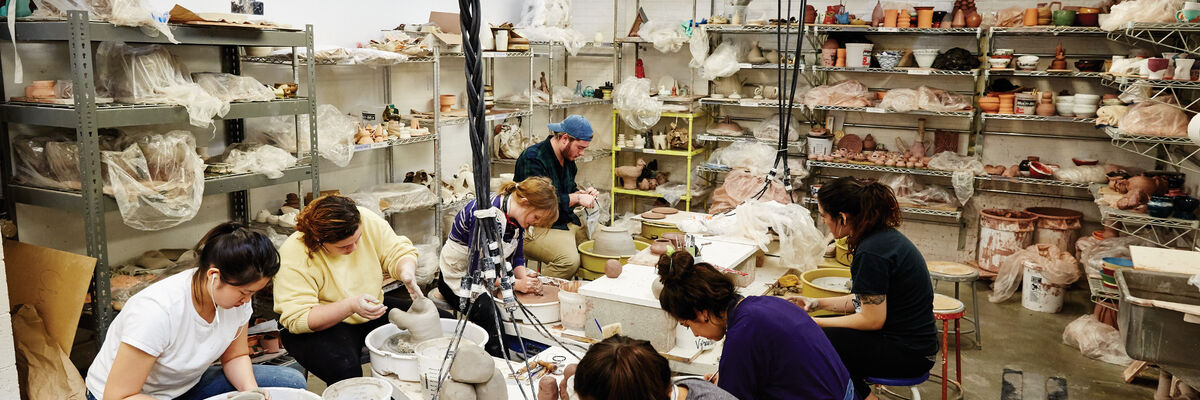
Dox Thrash: Creator of Opheliagraph
SAIC alum depicted African American life through new printmaking process
by Brontë Mansfield (MA 2017)
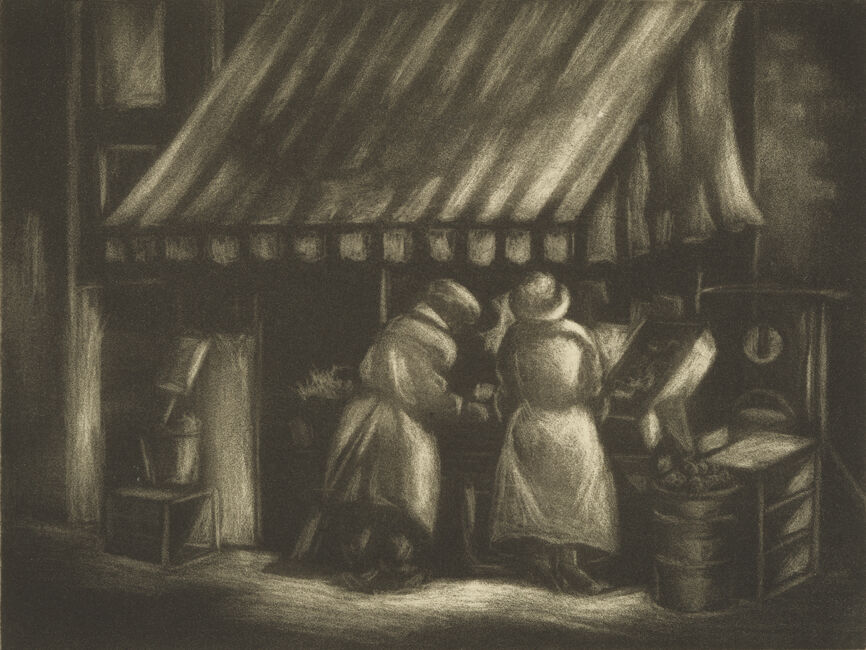
In 1893, a Pennsylvania chemist invented a process for creating synthetic silicon carbide, an incredibly hard substance commonly called "carborundum." Today, it is used in bulletproof vests and brake discs in cars. But in the 1930s, a surprising use for the substance was accidentally discovered by three artists in a printmaking workshop. The carborundum print was partially invented by and later perfected by a School of the Art Institute of Chicago (SAIC) alum: an artist named Dox Thrash (SAIC 1914–23).
The same year that a chemist first mass-produced carborundum, Dox Thrash was born, some 800 miles away in rural Georgia. He was raised by his mother Ophelia Thrash in a former slave cabin. Thrash pursued the arts through correspondence courses as a teenager, often drawing subjects of Black people in their everyday lives, until moving to Chicago in 1911. Thrash worked as an elevator operator by day and attended night classes at the Art Institute of Chicago. For his service in World War I, he received funding to attend SAIC full-time for three years.
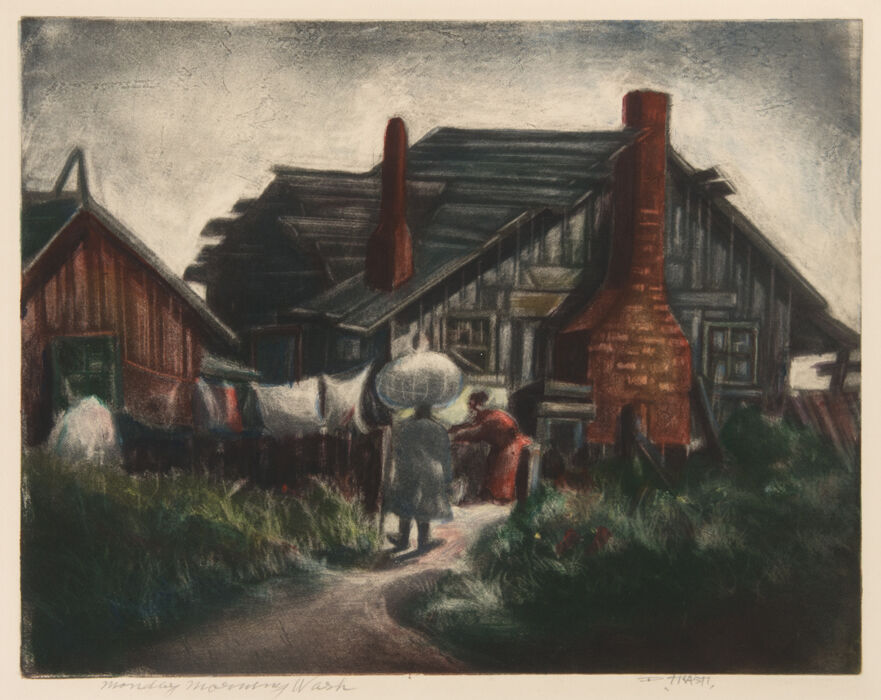
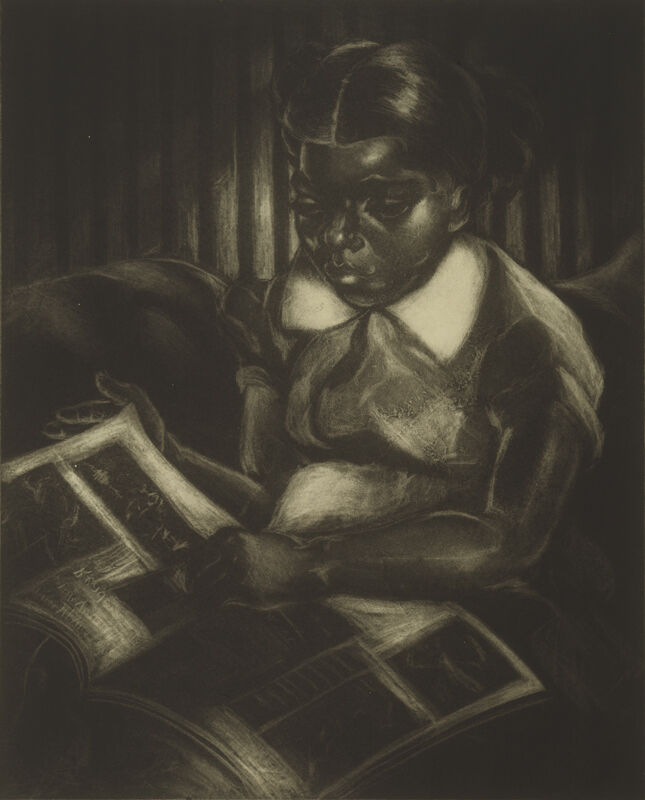
Thrash's artistic pursuits were nearly thwarted by the Great Depression, but his hopes were salvaged by the Works Progress Administration, which provided work and created art centers around the country, including the Philadelphia Fine Prints Workshop.
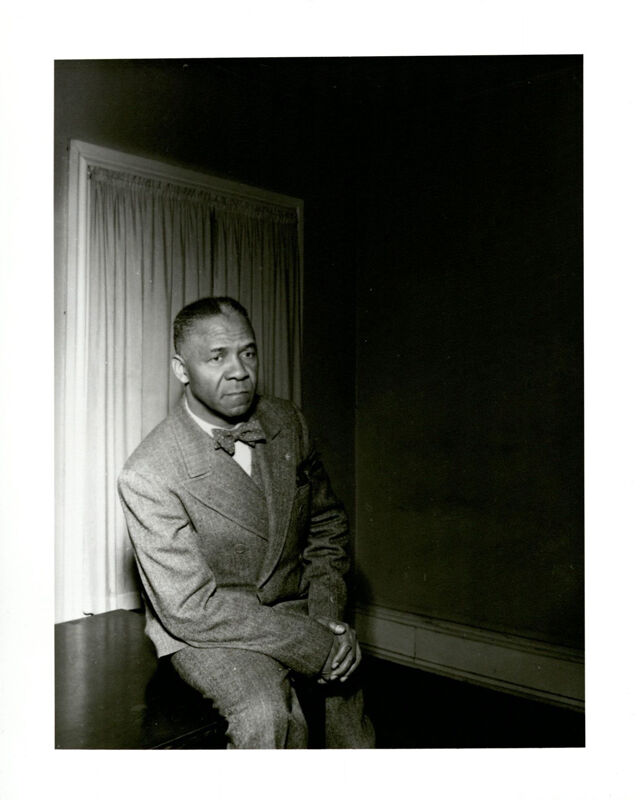
It was there in 1937 that Thrash and two other printmakers discovered a new process called carborundum printing, in which an artist grinds carborundum into a copper plate before inking it. Dox Thrash used the medium's incredible range of black-and-white gradation to create transfixing portraits of African Americans before the dawn of the civil rights movement.
Many lauded the carborundum process—at that time, the first new printmaking method in more than 100 years—but did not name Thrash as its pioneer. Today, neither Dox Thrash nor the carborundum print are household names. Perhaps that would be different if the press had taken note of what Dox Thrash himself named his printmaking process. Never forgetting where he was from, Thrash named the process after his mother: he called it the Opheliagraph.
